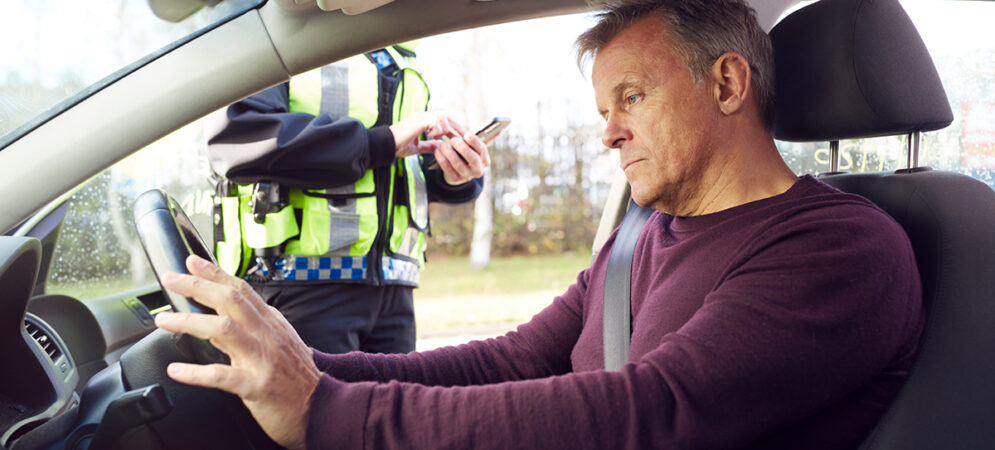Consider this situation: Its wintertime, you’ve had a trying day, you call into the pub for a nice pint to finish the week off, and one turns into three or four. Many of us have done it, and it’s the sort of spontaneous social gift that occurs when we meet a couple of buddies we haven’t seen for a while, or we find ourselves in the depths of a great conversation we don’t want to leave. It’s one of the beauties of being social creatures. When its time to leave, we go to the car and grab our coat or our house keys, fully intending to walk home, and that’s when we notice the police, quite diligently and reasonable doing their duty. However, it looks to them like you are about to drive, and you are now at risk of losing your licence!
A similar thing happened in a case I was involved in. A guy was on holiday, due to the summer UK rain had parked the car outside the club house of the holiday resort he was staying on and went in a had a few beers. Coming out to have a cigarette he noticed there wasn’t much room in the sheltered smoking area, so sat in his car to smoke. He had no intention of driving, but that wasn’t what the police thought when they approached his car and asked why he was sitting in there with the keys in the ignition so that he could lower the window and let the smoke out. Again, a risk of losing his licence.
Luckily, being in charge of a vehicle whilst over the legal drink drive limit is a less serious offence than driving whilst over the legal drink driving limit. The key to having the court believe you are guilty of one rather than the other is having the relevant facts, alongside your emotional and situational knowledge of the sequence of events that led to you being in charge of the car after drinking, coupled together to provide a compelling argument. Atomic Law can do this for you; it’s a formula that works.

